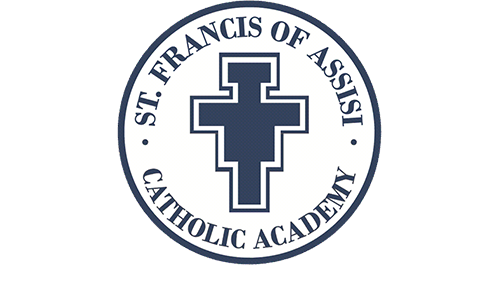Welcome to the Fourth Grade
Fourth grade is a very important and pivotal year. Students in the fourth grade will prepare for and take three New York State Exams. These exams will be in the areas of English Language Arts (ELA) in January, Mathematics in March, and Science in April or May.
Fourth grade is also a time when students begin to change classes for the first time. They will be going to a different classroom for ELA. This is a big step for many students. Changing classes helps to teach students to be more prepared and responsible for their work and their belongings. It also prepares students for things to come, because in the 6th, 7th and 8th grades, students change classes three times a day.
In the area of mathematics, students in the fourth grade are encouraged to find math in their world. For example, students will bring circulars in to compare prices of items. They learn to add, subtract, multiply and divide larger numbers, about place value, and to round and estimate. Students also learn to add and subtract fractions with like and unlike denominators. It is very important that students know all their multiplication tables, as this will help them solve many problems. Reading, analyzing and making graphs is another part of the math curriculum. Students will learn about line graphs, pie graphs, and bar graphs. Topics such as geometry and algebra are also a part of the fourth grade curriculum.
In the area of social studies, students in the fourth grade learn all about New York State, how New York was settled by Native Americans, how power shifted to Europeans as they arrived in America, and about famous New York structures, such as the Erie Canal. Students will begin to analyze and distinguish between primary and secondary sources. Learning about local, state, and national government is another area of study.
In the area of science, students in the fourth grade learn about habitats, states of matter, body systems (circulatory, digestive, nervous), and electricity. Students are brought to the lab on a regular basis to do experiments and explore what they are learning. For example, students watch seeds germinate and then transfer the seeds to dirt. Students track the progress of the seeds and learn the vocabulary and concepts that support the plants growth. Students also learn how to use tools such as a graduated cylinder, a balance, and gram weights.
In the subject of English Language Arts, by the end of the school year, all students in grade 4 should be able to
- Read print-based and electronic literary texts silently on a daily basis.
- Set personal reading goals and reflect on changes in reading patterns.
- Recognize how authors use literary devices, such as simile and metaphor.
- Evaluate content by identifying important and unimportant details, themes across works, and different perspectives (such as cultural, ethnic, and historical).
- Use organizational structures such as compare/contrast, cause/effect, and chronological order for expository writing.
- Produce imaginative stories and personal narratives that show insight, logical progression, organization, and effective language.
- Produce a variety of original nonfiction writing, such as school reports.
- Recognize the perspectives of others, distinguishing among fact, opinion, and exaggeration.
- Ask clarifying questions, summarize, and explain a line of reasoning.
- Review own writing to edit for grade-level spelling, punctuation, and consistency in verb tense.
In the area of religion, students in the fourth grade attend the 9 a.m. weekday Mass every 1st & 3rd Wednesday of each month. Students learn the parts of the Mass and the significance behind each part. Ways to live as good Catholics are also emphasized. Important beliefs such as the Ten Commandments and the Beatitudes are taught and explored. Students are also encouraged to support the missions whenever they are able to do so. The church calendar and holy days of obligation are taught at appropriate times throughout the school year. Students are given a real sense that religion is not just a subject, but is rather how we are to live our lives.
